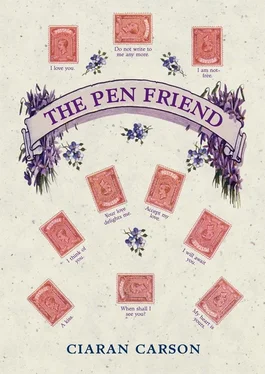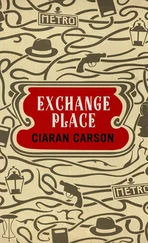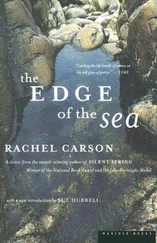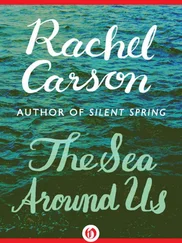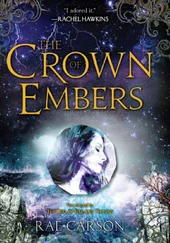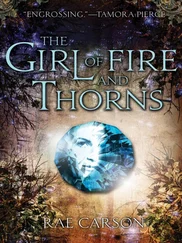Given the Dutch connection, I thought it only proper to write this with a Merlin pen, made in the Netherlands in about 1948, the year of my birth and of your father’s marriage to a Yorkshire woman, Eleanor Birtwhistle. You showed me a photograph once of her when she was your age, and you have her dark hair, her high cheekbones and slightly flattened, up-tilted nose, the same broad smile, the same assured stance. She is a Chief Executive Officer in the Imperial Civil Service, a rare achievement for a woman at that time. She is wearing a salt-and-pepper tweed suit with a box jacket; on a lanyard around her neck she wears your Dinkie pen, and its red and black candle-flame seems to glow against her white blouse, even though the photograph is in black and white. As for this pen I hold now, it is in mint condition, one of a number of new old stock recently discovered in a Delft stationer’s. It had never been inked when I received it, and it is a paradoxically uncanny feeling, to be writing with a pen as old as I am when there are no ghosts of other hands behind it, as if I were writing when it was new, and I am born.
The body of the Merlin is patterned in shimmery layered feathery lines of tawny brown and cream, like the plumage of the bird it was named for; and I consider again how many fountain pens there are of avian nomenclature — for pen, after all, is from Latin penna , a feather, or a quill, an etymology I did not fully realise until I became, as it were, a fully-fledged collector of pens. There are pens called Swan, Jackdaw, Swallow, Blackbird, Eagle, Condor, and Wing-Flow. The companies that made them are all defunct. There is a pleasant story behind the German firm of Pelikan, still producing fine pens today. It was founded in 1878 by Gunther Wagner, whose family crest of a pelican was adopted as the logo of the company, to symbolise a familial allegiance to its employees, for the pelican is famously protective of its brood. The family pelican was depicted with three chicks; but another was added to the Pelikan logo at the last moment, when it was found that Wagner’s wife was expecting their fourth child.
Some months ago I stumbled on a rare find in Smithfield Market, a Staffordshire ceramic quill-stand which more fully illustrates the pelican legend. In Christian art, the pelican is a symbol of charity; it is also an emblem of Christ the Redeemer. St Jerome gives the story of the pelican restoring its young destroyed by serpents, by feeding them with its own blood, and his salvation by the blood of Christ. The misconception as to the pelican’s feeding habits apparently arose from the fact that the parent bird macerates small fish in the large bag attached to its under-bill, whereupon, pressing the bag against its breast, it transfers the macerated food to the mouths of the young. The quill-stand consists of just such a family group, with holes for two quills on either side, though apparently its makers have never seen a pelican, for the bird lacks its characteristic long beak; but it is clearly identified by the salient features of its legend. The pelican pecks angrily with its diminutive nib at a green snake coiled around its body; its breast is red with blood, and at its feet lie three pink featherless chicks, yet to be revived. Jerome, as the translator of the Bible into Latin, is the patron saint of translators and interpreters, and elsewhere he draws an explicit parallel between blood and ink: translation by transfusion, as it were. I am reminded that solemn covenants are often signed in blood, that thousands of Ulstermen did so in 1912, swearing allegiance to the King, and to oppose the plans to set up a Home Rule government in Dublin; and that four years later thousands of those Ulstermen would die in the blood-bath of the Somme.
I open my veins in a manner of speaking to write to you. I have been looking at your postcard on and off for some days, examining the poised, hieratic body language of the foursome, who are like partners in a stately minuet, the distances between them at once intimate and remote. The Dutchmen, who at the onset seemed to me both graceful and incongruous, like aliens in our depictions of them, have become more familiar now, and I can see a glimmer of meaning in the folds of the women’s kimonos. But I cannot read the Japanese characters of what seem to be a good few sentences of writing in the top right corner — a bawdy song? A satirical verse, a description of Dutch costume? I decided to research the background to the image, and discovered the following.
The first contact between the West and Japan occurred in 1542 when a Portuguese ship, blown off its course to China, landed near Nagasaki. They brought with them something the Japanese had never seen: firearms. They also brought their religion, and in subsequent years converted a number of the feuding warlords of Japan, who were eager to trade with the bearers of guns and Christianity. In 1600 the first Dutch contact with Japan was made when a Dutch ship captained by an Englishman was also blown off course by a tempest, and landed near Nagasaki. Slowly the Dutch established themselves as rivals in trade to the Portuguese. They were careful not to proselytise; the standing of Christianity in Japan ebbed and flowed depending on political circumstances. In 1636 Christianity was banned, and the authorities ordered the construction of an artificial island, Deshima, in the harbour of Nagasaki, wherein the Portuguese were interned. Being man-made, it was not considered part of the sacred soil of Japan. A year later the Portuguese were expelled altogether, and the island was given over to the Dutch. It was tiny, with a perimeter of some five hundred metres, about half the size of Dam Square in Amsterdam. From 1641 until 1859 — the period of Japanese national seclusion — Deshima was the only place where trade between the West and Japan was permitted. The permanent staff of Deshima comprised a director of the Dutch East India Company and some ten employees, among whom were a physician, a cook, a blacksmith, a carpenter, a musician and a scribe. A short bridge connected the island to Nagasaki — to Japan — and for many years no Japanese, save prostitutes and interpreters, were allowed to cross over; nor were the Dutch allowed on to the mainland, except once a year, when they were escorted under armed guard to the shogun’s court in Edo, where, as part of their ritual homage, they were required to perform Dutch songs and dances.
I had particular reason to be fascinated by this history of Dutch — Japanese relations, for my father had corresponded with representatives of both nations through the medium of Esperanto. I thought of how useful Esperanto would have been for that first contact in Nagasaki. As it was, the lingua franca at the beginning of East — West encounters had been Portuguese, and there were enough significant differences between Japanese Portuguese and Dutch Japanese as to make conversation occasionally hazardous. And I wondered what kind of linguistic relationships might have developed, what kind of creole might have evolved between the Dutchmen and the Japanese courtesans — did they have pet names for certain acts, or for each other? — though it also occurred to me that for certain physical engagements gesture alone would have been sufficient.
As time went by, the strict rules governing the Dutch factory, as it became known, were relaxed, and many samurai began to travel to Deshima for Dutch Studies, or Rangaku : medicine, chemistry, astronomy and weaponry. Deshima means ‘fan-shaped island’, and I learned that in Japan fans were not merely decorative, but were used as musical instruments, serving-trays, and umbrellas. Fans with steel ribs were employed as weapons by the samurai. The language of fans had an extensive lexicon of gesture, and virtually anything could be depicted on a fan: animals, flowers, peacocks, people, mountains, valleys, skies, and places such as Deshima itself, where the little maze of buildings is shown in all its microcosmic complexity: the reception area, the tobacco store, the vegetable garden, the kitchen, the pigsty, the music-room, the brewery, the bath-room, the still, the dining-room, the forge, the flag, the lookout post, the powder magazine, the guest-room, the gun-room, the chicken-coop, the workshop, and little vignettes of the entire population of Deshima in their offices, the company director being entertained by three courtesans, the physician by two, and the rest of the staff by one each, except for the scribe, who is holding a goose between his knees as he plucks it for quills, while through his window we see a ship about to set off for the Netherlands, laden with silks, jade, tea, porcelain, spices, ivory, and fans.
Читать дальше
